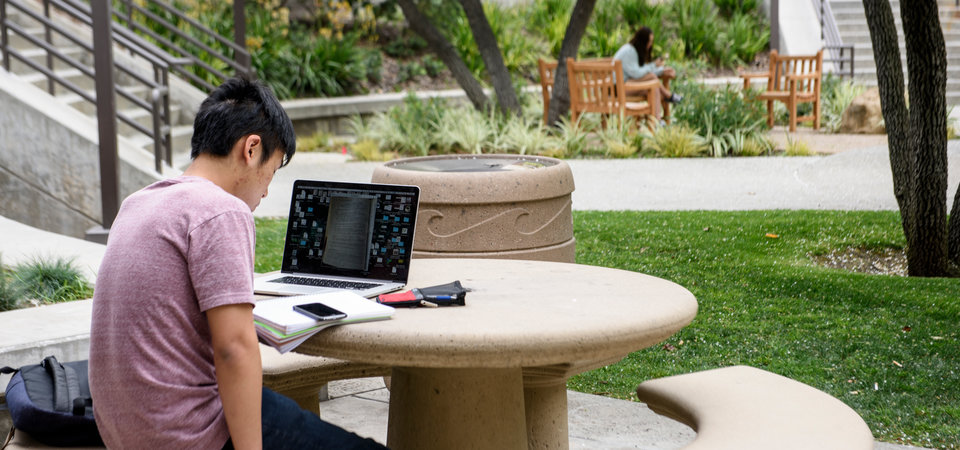Keep on Teaching

Overview
In the event of a campus closure or emergency, instructors may be called upon to teach remotely. Depending on the circumstances, students may be scattered across the local area or even across the globe. To keep students progressing toward your course's learning outcomes during such disruptions, you can use a combination of synchronous and asynchronous activities, both delivered online. To assist you in these endeavors:
- This page provides guidance regarding the pedagogical "what-to" aspects of teaching at a distance.
- The IT Technology and Learning team has prepared resources to help you work through the "how-to" aspects of teaching remotely.
General Principles
Before you begin transitioning your course plans and materials for remote instruction, please consider the following general principles.
- Prepare your students to conduct class remotely by introducing remote learning tools and practices early in the semester.
- Communicate with your students early and frequently. Cultivating a sense that you are present with the students in a meaningful if non-literal sense is crucial to successful online teaching.
- Focus on learning outcomes even if you need to adjust the specific activities that contribute to those outcomes. Keep students moving toward those outcomes. Avoid "busy work."
- Prioritize course activities and focus on delivering the ones with the most significant impact on learning outcomes.
- Maintain normal course scheduling as much as you can. Try to hold synchronous activities to promote community, but please don't penalize students who cannot participate due to time zone differences, poor internet access, or similar factors. Additionally, it's ideal to schedule synchronous activities during the normal class time (relative to the Pacific time zone, or another reference point provided by the Dean's office), to avoid putting students in the untenable position of having to choose between simultaneous activities for different classes.
- Convert synchronous activities into asynchronous activities to ease scheduling challenges, as long as the new asynchronous activity promotes the same learning outcomes.
- Rearrange course activities if needed to delay those activities where face-to-face interaction is most crucial.
- Replace physical resources with digital resources where possible. Remember that students who are not on campus will not have access to the library, and some will lack access to their course textbooks. Have realistic expectations about library staff support for scanning articles or book chapters. If you can, substitute materials that are available in Payson's full-text databases or that are freely available online. Please be careful about assigning readings from ebooks in the Pepperdine Libraries catalog, though, as these are not equally accessible to all students at all times due to check-out limits.
- Consult your divisional dean about any division-specific considerations.
- Use tools that are familiar to you and the students, to the greatest extent possible.
It's advisable to begin the online experience with some kind of very low stakes community-building exercise, deployed as early as possible, to help students feel like they're part of a community rather than individuals accessing course materials in parallel, isolated from each other.
Specific Strategies
Please explore the strategies most applicable to your courses on the following pages:
Giving and Receiving Help
Please consult Pepperdine University's Academic Continuity Plan for Teaching and Learning for overall institutional guidance in a time of disruption. Additionally, the Center for Teaching Excellence (email) and the Technology and Learning team (email) stand ready to assist you with specific, individualized course elements. You can also find many helpful tutorials at LinkedIn Learning provided by the University.
Significant portions of this guidance (including the title) are adapted, with permission, from the Indiana University Knowledge Base article "Keep teaching during prolonged campus or building closures." Special thanks also to Sarah Stone Watt, Jennifer Smith, Jacob Michael, and Natalina Parker for important contributions, and to Jacklyne Rodriguez for getting this page online so quickly.